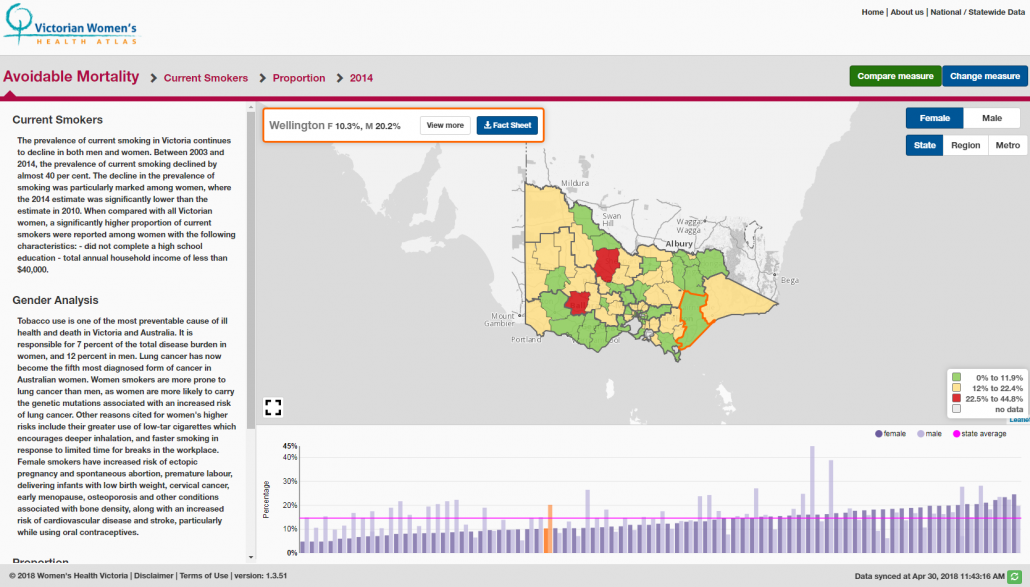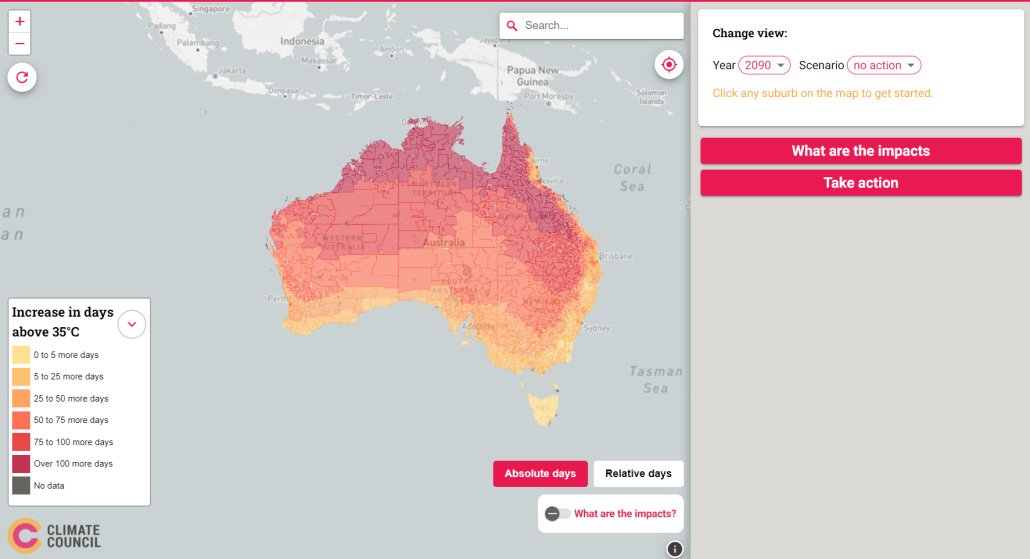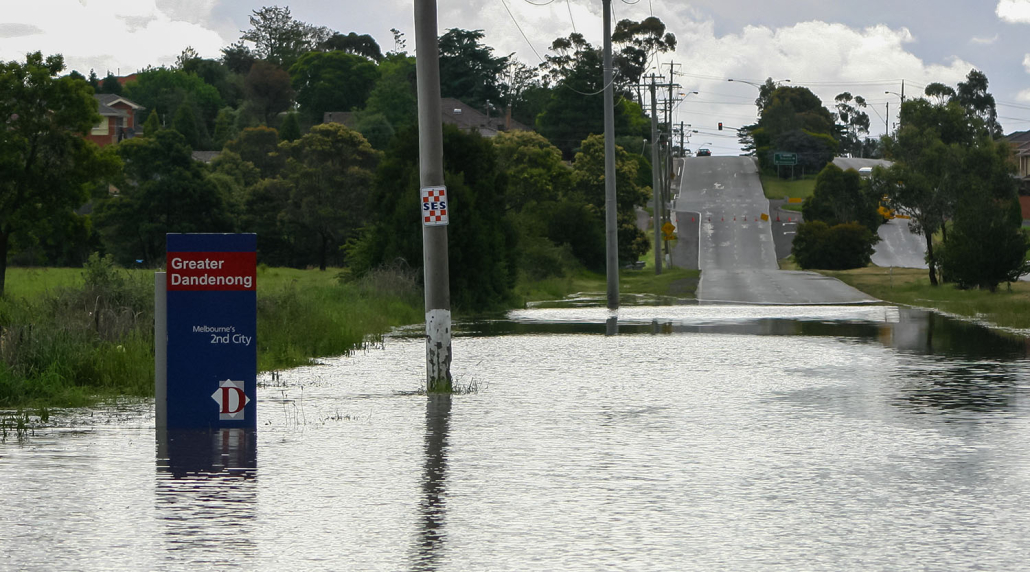Meet Jarryd Hunter, Manager of our Enterprise Spatial Solutions
Jarryd has led our Enterprise Spatial Solutions team for the past three years and is dedicated to solving technical challenges for our clients by developing solutions that enable them to offer more efficient and effective services to their customers and communities.
Describe your career to date
I enjoyed geography at school and then studied environmental science at university. I began my working career in New Zealand for Auckland Council in a large internal GIS team of around 50 people. I moved to Australia in 2016 and worked for regional and metro local governments in Victoria before I made the switch to Spatial Vision in 2021. For these organisations, my focus was on GIS and Asset Systems, with an emphasis on maintaining, customising and implementing these systems on an enterprise scale. I also have extensive experience in spatial data automation, manipulation, and integration particularly using FME.
At Spatial Vision, I am responsible for leading projects that have a similar profile to my government career, with the addition of leading technical consulting in order to help our clients overcome their key technical challenges.
I get to work with talented people, on a diverse range of projects, to develop bespoke geospatial solutions for our clients.
What does your team do at Spatial Vision?
The Enterprise Spatial Solutions team is a team of Spatial Software Engineers. The team has three main focus areas: Enterprise GIS, custom web mapping application development, and technical consulting. We complement these services with data services, particularly focusing on the automation of data.
We work with clients in a variety of sectors and domains including all levels of government, utilities, natural resource management, environmental consultancies, climate, health, emergency management, and not for profit organisations.
Which projects have been a highlight for you?
I’ve worked across multiple projects in the health and climate domains where we have helped clients transform their complex data into compelling, easy to understand stories. Fundamentally these projects are enjoyable because they require a diverse skillset – consulting and business analysis, data analysis and transformation, software development, and visual storytelling. The Victorian Women’s Health Atlas for Women’s Health Victoria and recent Climate Heat Map of Australia for the Climate Council are two examples of these projects.
What advice would you give someone who’s considering a career in geospatial?
I would encourage people to find a sector or area they are interested in and establish ways in which geospatial can be applied to that sector – it could be environmental, health, planning, software development – rather than focus directly on geospatial itself. Desktop and web GIS tools and software are now much more accessible and the use of geospatial has become more prevalent across many sectors. You’ll have the opportunity to make an impact and promote the value geospatial can add to the organisation.
You may also be interested in…
Women’s Health Atlas
The Atlas provides an interactive resource to support the work of local government authorities (LGA) and regional women’s health services throughout Victoria.
Hot enough for you? Climate Heat Map of Australia released
With the help of Spatial Vision, the Climate Council have released an interactive tool that shows how cutting climate pollution will limit extreme heat in our neighbourhoods.
Enhancing Climate Resilience
An interactive map of Australia for the Climate Council representing the vulnerability of any address to the effects extreme weather over different timeframes and emission scenarios.




